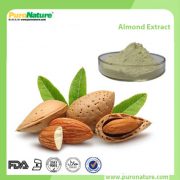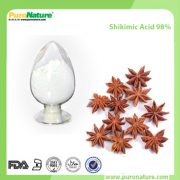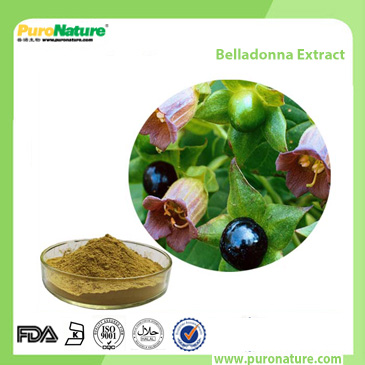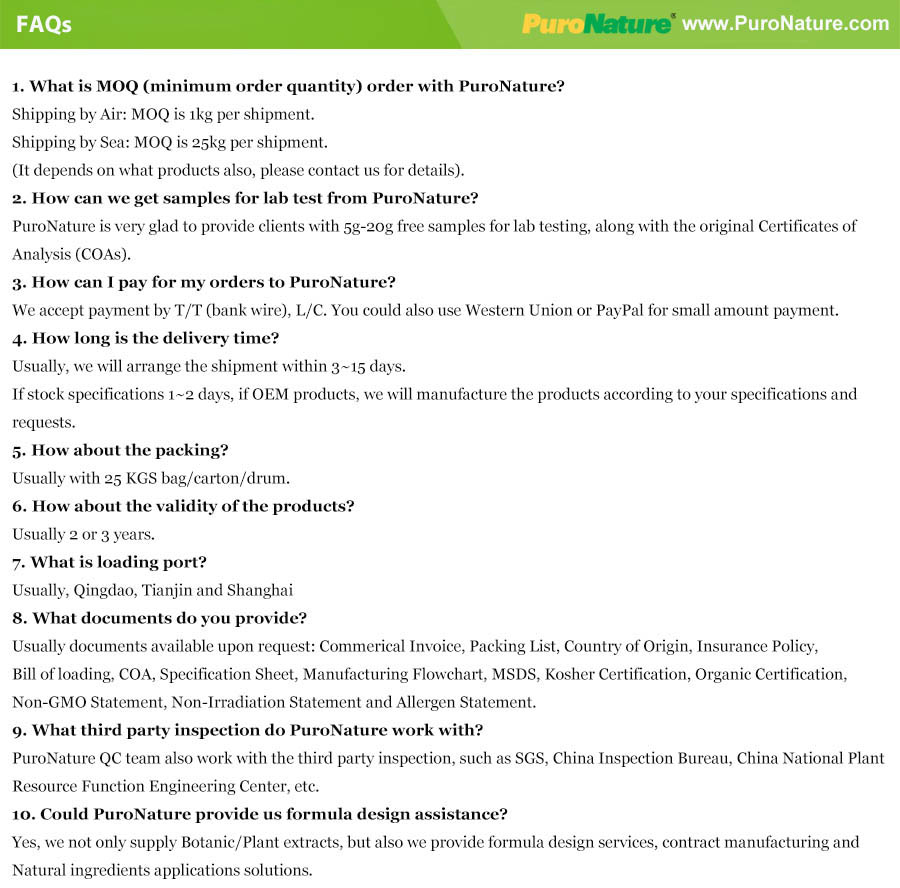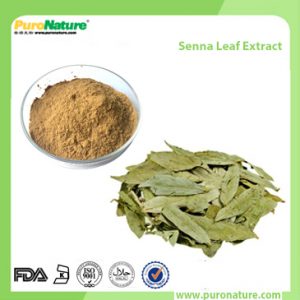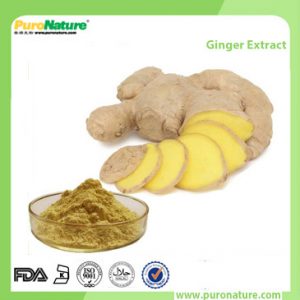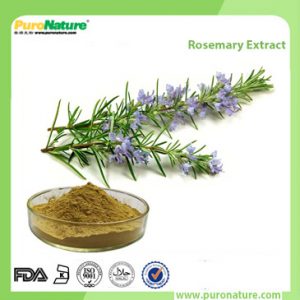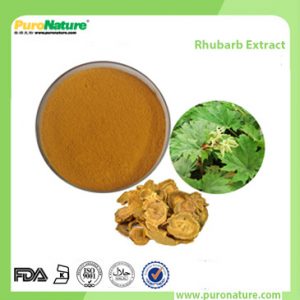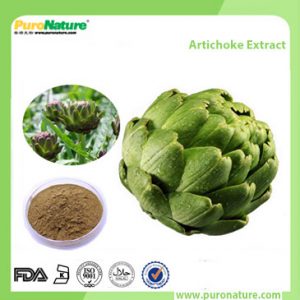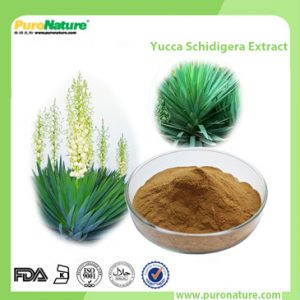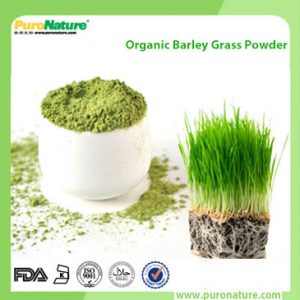- Description
- Inquiry
Belladonna extract from atropa belladonna or Atropa bella-donna, commonly known as Belladonna or Deadly Nightshade, is a perennial herbaceous plant in the family Solanaceae, native to Europe, North Africa, and Western Asia. 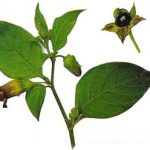 The foliage and berries are extremely toxic, containing tropane alkaloids. These toxins include scopolamine and hyoscyamine which cause a bizarre delirium and hallucinations, and are also used as pharmaceutical anticholinergics. The drug atropine is derived from the plant.
The foliage and berries are extremely toxic, containing tropane alkaloids. These toxins include scopolamine and hyoscyamine which cause a bizarre delirium and hallucinations, and are also used as pharmaceutical anticholinergics. The drug atropine is derived from the plant.
|
Products name |
Atropa Belladonna P.E. |
|
| Latin name |
Atropa Belladonna L. |
|
|
Active ingredients |
Hyoscyamine, Atropine | |
|
Specifications: |
Atropine 0.03%,1.0%; Hyoscyamine 0.75%, 1.00%, 1.20%, 20:1, 10:1, 5:1 |
|
| Test |
HPLC, TLC |
|
| Molecular Formula |
C17H23NO3 |
|
|
Molecular Weight |
289.37 |
|
|
CAS Number |
51-55-8 |
|
| Appearance: |
brown yellow powder |
|
Atropa Belladonna Extract Function
Belladonna has been used in folk medicine as a remedy for stomach and abdominal pain, asthma, bronchitis, and muscular pain. Applied externally, Belladonna Extract has been used for gout and ulcers. In medicinal plasters, Belladonna Extract is currently used to combat intestinal and digestive spasms, excessive perspiration, and bronchial asthma. In homeopathic medicine, Belladonna is considered a remedy for the bulging eyeballs that sometimes accompany an overactive thyroid, as well as a treatment for nerve pain and scarlet fever. Its effectiveness for these problems has not been scientifically verified.
Belladonna has been used in herbal medicine for centuries as a pain reliever, muscle relaxer, and anti-inflammatory, and to treat menstrual problems, peptic ulcer disease, histaminic reaction, and motion sickness.
Atropa Belladonna Extract Application
1. Belladonna Extract contains Hyoscyamine, which is used to provide symptomatic relief to various gastrointestinal disorders including spasms, peptic ulcers, irritable bowel syndrome, diverticulitis, pancreatitis, colic and cystitis.
2. Hyoscyamine has also been used to relieve some heart problems, control some symptoms of Parkinson’s disease, as well as for control of respiratory secretions in palliative care.
3. It may be useful in pain control for neuropathic pain treated as it increases the level of analgesiaobtained. Several mechanisms are thought to contribute to this effect. The closely related drugs atropine andscopolamine and other members of the anticholinergic drug group like cyclobenzaprine, trihexyphenidyl, andorphenadrine are also used for this purpose.
4. When hyoscyamine is used along with other anti-peristaltic agents, measures to prevent constipation are especially important given the risk of paralytic ileus.

